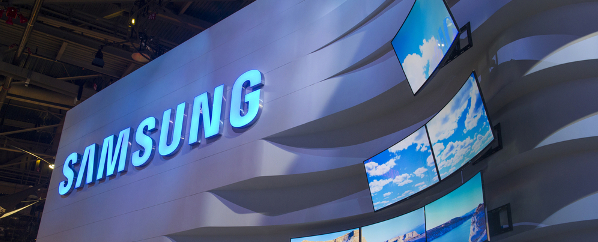
Samsung has revealed the first smartphone powered by its Tizen OS, the Samsung Z.
Launching in Russia later this year before expanding to other markets, the device will run on Tizen 2.2.1, making it the first commercially available smartphone running the Linux-based software in the world.
Available in black and gold versions, the Samsung Z features a 4.8-inch HD Super AMOLED display and 8MP rear camera, and is powered by a 2.3 GHz Quad-core processor backed up with 2GB of RAM, alongside a 2600mAh battery.
It comes with 16GB internal memory, with support for a microSD card allowing up to 64GB extra storage, and also includes support for 4G LTE networks.

Samsung says that Tizen will offer customers with a faster startup time and ‘immediate’ multi-tasking capabilities, and also provides "fast, optimal performance" with improved memory management.
The new device includes a built-in fingerprint sensor to provide secure access, and also features an Ultra Power Saving Mode, which lets the phone stay operational even at minimal battery levels in case of emergencies. It also includes many of the same features as Samsung’s flagship device, the Android powered Galaxy S5, with apps such as S Health coming pre-installed.
"Samsung is committed to enhancing the mobile experience of consumers with innovation that is both personal and unique to their needs," said DJ Lee, President and Head of Global Sales & Marketing Office, Mobile Communications Business, Samsung Electronics.
"The Samsung Z integrates the power and adaptability of the Tizen platform, enabling users to browse the web faster and utilise applications more effectively."
The company also plans to host a Tizen local app challenges in Russia and CIS countries in order to promote the new device and "enrich the Tizen eco-system".
Samsung had previously limited Tizen to its smart televisions, in-car systems and most notably its smartwatches, with the Galaxy Gear 2 and Galaxy Gear 2 Neo devices announced at Mobile World Congress both being powered by the OS, as opposed to their predecessors, which ran on Android.






